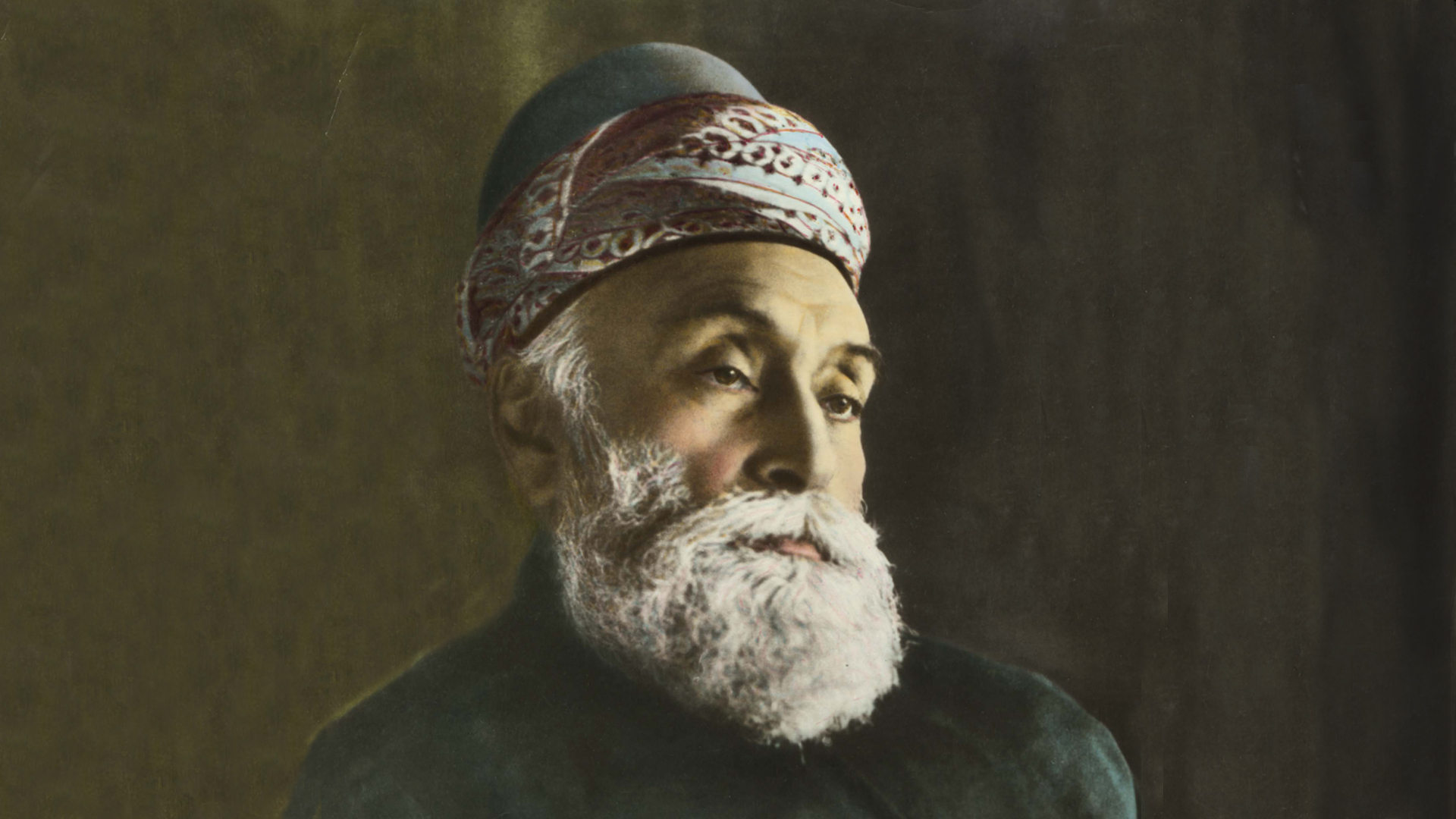From Persia to India: The Inspiring History and Impact of the Parsi Community
Introduction
The Parsis are a small but influential community in India. They are descendants of Persian Zoroastrians who migrated to India in the 7th century to escape religious persecution in their homeland. Despite their small numbers, the Parsis have made significant contributions to Indian society and culture. This essay will explore the history of Parsis in India, highlighting their contributions to various fields such as business, science, education, and philanthropy.
Migration and Settlement
The Parsis are believed to have arrived in India in the 7th century, fleeing religious persecution in their native Persia. They first settled in the coastal town of Sanjan in the state of Gujarat, where they were granted permission to establish a settlement by the local Hindu ruler. The Parsis eventually spread to other parts of India, including Mumbai, where they established a thriving community.
According to historian John R. Hinnells in his book "The Zoroastrian Diaspora: Religion and Migration," "The Parsis are a unique community in India, with a distinct culture and identity shaped by their migration history and the challenges they faced in establishing themselves in a new land." (Hinnells, 2005)
Culture and Identity
The Parsis have a rich and distinct culture that is influenced by their Zoroastrian faith and their Indian heritage. The community has its own language, called Parsi Gujarati, which is a blend of Gujarati and Persian. The Parsis also have a rich tradition of literature, music, and art, which has contributed to the development of Indian culture.
According to historian Shalini Advani in her book "The Parsis of India: Continuing at the Crossroads," "The Parsis have a strong sense of cultural identity, which is reflected in their traditions, customs, and way of life. Despite the challenges they have faced over the centuries, the Parsis have managed to preserve their culture and traditions, making them an important part of India's diverse cultural landscape." (Advani, 2019)
Contributions to Society
The Parsis have made significant contributions to Indian society in various fields. The community has produced some of India's most successful business leaders, such as Jamsetji Tata, Dorabji Tata, and J.R.D. Tata, who have contributed to the growth of India's economy.
The Parsis have also played a significant role in the development of education in India, with many of them establishing schools and colleges across the country. Some of India's most renowned educational institutions, such as St. Xavier's College and the Bombay School of Economics, were established by Parsis.
In the field of science and technology, the Parsis have contributed significantly to India's progress. Homi Bhabha, a Parsi nuclear physicist, played a key role in the development of India's atomic energy program, while Firoze Shah Mehta was a pioneer in the field of electrical engineering.
Philanthropy is another area where the Parsis have made significant contributions. The community has a long tradition of philanthropy, with many Parsis contributing generously to various charitable causes. The Jamsetji Tata Trust, established by Jamsetji Tata, is one of the largest charitable trusts in India, supporting various initiatives in the areas of education, health, and rural development.
Conclusion
The Parsis are a unique and influential community in India, with a rich cultural heritage and a history of significant contributions to various fields such as business, science, education, and philanthropy. Despite their small numbers, the Parsis have had a profound impact on Indian society and culture, making them an important part of India's diverse and vibrant fabric

Comments
Post a Comment